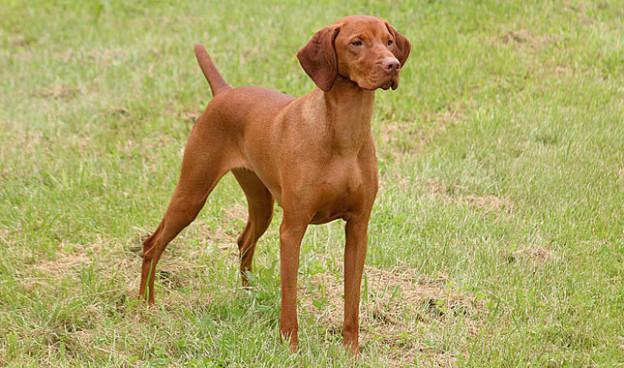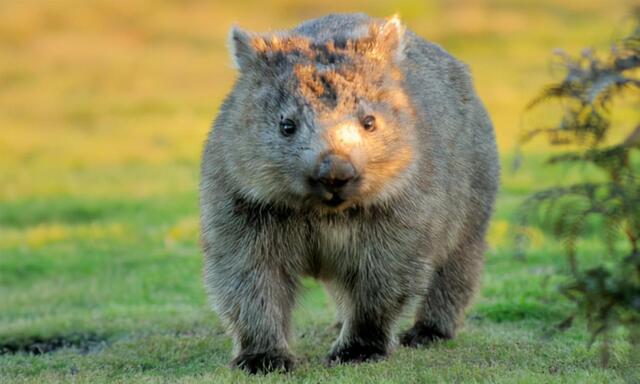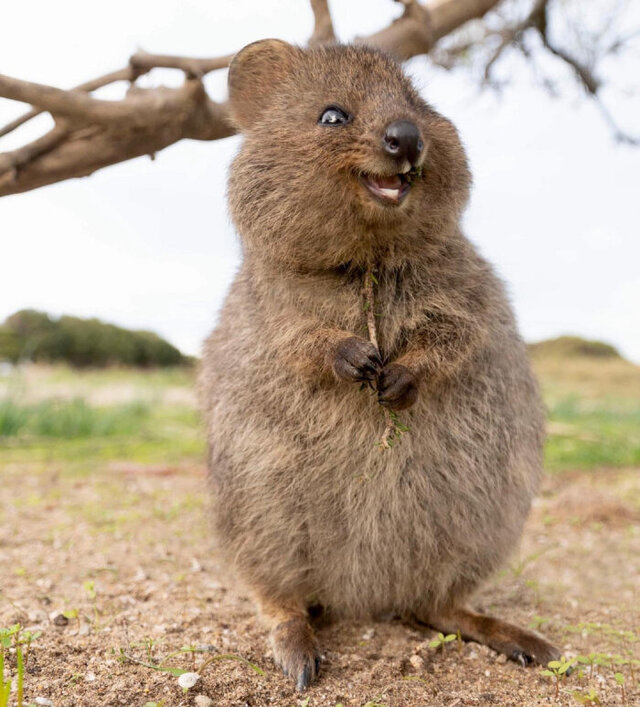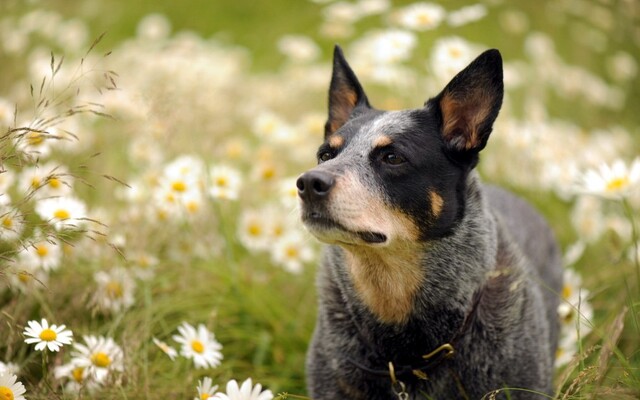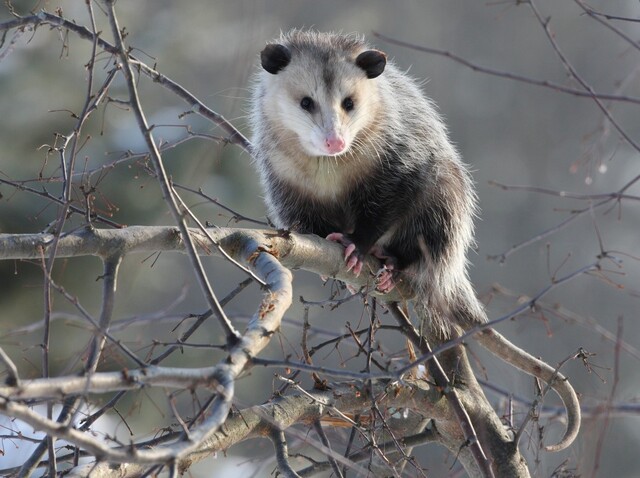Salpingotus crassicauda Vinogradov
IUCN
LCBasic Information
Scientific classification
- name:Salpingotus crassicauda Vinogradov
- Scientific Name:Salpingotus crassicauda Vinogradov,Fat-tailed jerboa
- Outline:Rodents
- Family:Rodentia Jerboa T.Jerboa
Vital signs
- length:Approx. 50 mm
- Weight:
- lifetime:
Feature
Its body shape is similar to that of the three-toed heart-skulled jerboa, but its tail is shorter than that of the three-toed heart-skulled jerboa, its hind limbs are longer than its forelimbs, its hind feet have three toes, and there are brush-like pads of long hair under its feet.
Distribution and Habitat
In China, it is distributed in Xinjiang, Ningxia, Inner Mongolia and northern Shaanxi. Abroad, it is distributed in Mongolia.
It lives in the desert of Mazong Mountain in the northwest of the province, with many Artemisia and white thorn landscapes, and its stomach contains green plants and is active at night.
Appearance
The body is about 50mm long, and the tail is twice as long as the body. The tail is relatively long, more than twice the body length, reaching 110-130mm. The tail is covered with short hairs, and the last 1/4 has longer hairs, but they do not form a hair bundle. After autumn, the 1/4 near the base of the tail becomes enlarged. The back of the body is gray, the belly is white, and the tail is also gray. The ears are small, tubular, and only about 10mm long.
Details
The fat-tailed cardiocraniinae belongs to the subfamily Cardiocraniinae. There are 6 species in the genus Cardiocraniinae, 2 of which are in China. They are widely distributed, but very few in number. Their habitats include Haloxylon ammodendron deserts and abandoned farmland. The ecological research is not in-depth.
China Red Data Book- Rare
Listed in the 2013 Red List of Endangered Species of the World Conservation Union (IUCN) ver3.1--Endangered (EN).
Listed in Appendix I of the Convention on International Trade in Endangered Species of Wild Animals (CITES).
Listed in the List of Terrestrial Wildlife with Important Economic and Scientific Research Values Protected by the State, issued by the State Forestry Administration of China on August 1, 2000.


